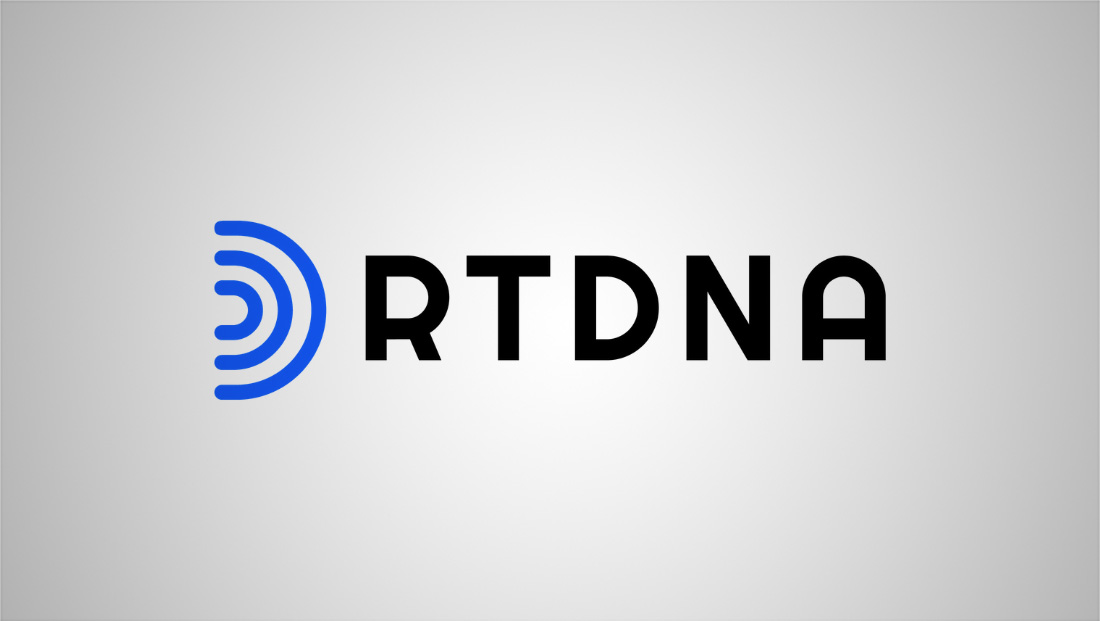RTDNA releases guidelines for crime coverage with some compelling points
By MixDex Article may include affiliate links

The Radio Television Digital News Association has issued a series of new guidelines for newsrooms to consider when covering crime.
“If the last couple of years have taught journalists anything, it’s that great care and considered judgment must be used when making decisions about how to cover crime,” said Dan Shelley, RTDNA executive director and chief operating officer on the organization’s website. “More than ever before, reporters and news managers should be hypersensitive to societal and other equally important concerns. These new guidelines will help them do that.”
Coverage guidelines are not mandatory or an attempt to dictate exactly what journalists should do in every case, but instead spotlights key points that newsrooms should consider along with resources to help form their own guidelines or policies.
This notably does not make the guidelines akin to a stylebook from organizations such as the Associated Press or The New York Times, which dictate specific, detailed rules about a wide variety of topics and ethnical considerations. In any case, stylebooks aren’t required to be followed either and many organizations have “local styles” that override the broader ones.
RTDNA has four key areas of consideration.
First, the organization suggests considering how often mugshots and other images or video provided by law enforcement are used in coverage, “due to the potential societal and individual harm caused by their use.”
It also recommends having a policy in place about the use of suspect or person of interest descriptions in news stories. Specifically, the guidelines note that race and gender are not only often stigmatizing but of little practical use. Journalists are encourged to include more specific information about the person as well as why they are being sought.
Another area concerns reporting suspect names before charges have been filed, especially in coverage of non-violent non-public figures. This includes considering how cases involving public figures, juveniles and other groups are handled.
Finally, RTDNA also recommends newsroom develop guidelines around digital published content. Because of the increased reach of search engines and archival tools, it’s important for newsroom to recognize that a person’s name could be featured in a story even if they are cleared of any wrongdoing.
RTDNA suggests considering ways to update or remove digital archives when charges are dropped, a case is expunged or if “age of the case and mitigating conditions have created a changed environment for the victim and/or accused.”
Read the full set of guidelines here.
Popular Searches
- TV Industry News
- Broadcast Engineering News
- Broadcast Design News
- TV Talk Shows
- TV Syndication
- TV Advertising
- TV News Jobs
- TV Industry Mergers and Acquisitions
- TV Anchors
- Cable News
- Late Night TV
- TV Syndication News
- Broadcast Industry News
- TV News Drone Journalism
- TV News Augmented Reality
- TV Weather Forecasting
- TV News Journalism
- TV News Ethics
- OTT News
- News About NBC
- News About CBS
- News About ABC
- News About CNN
- News About MSNBC
- News About Fox News

